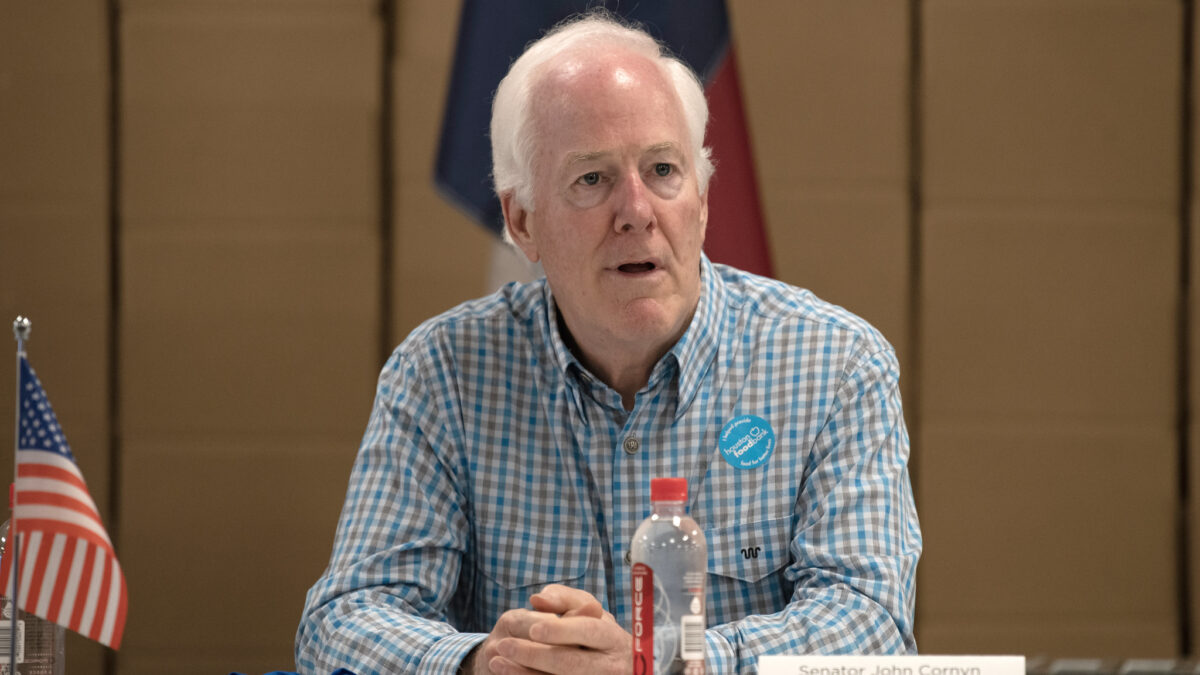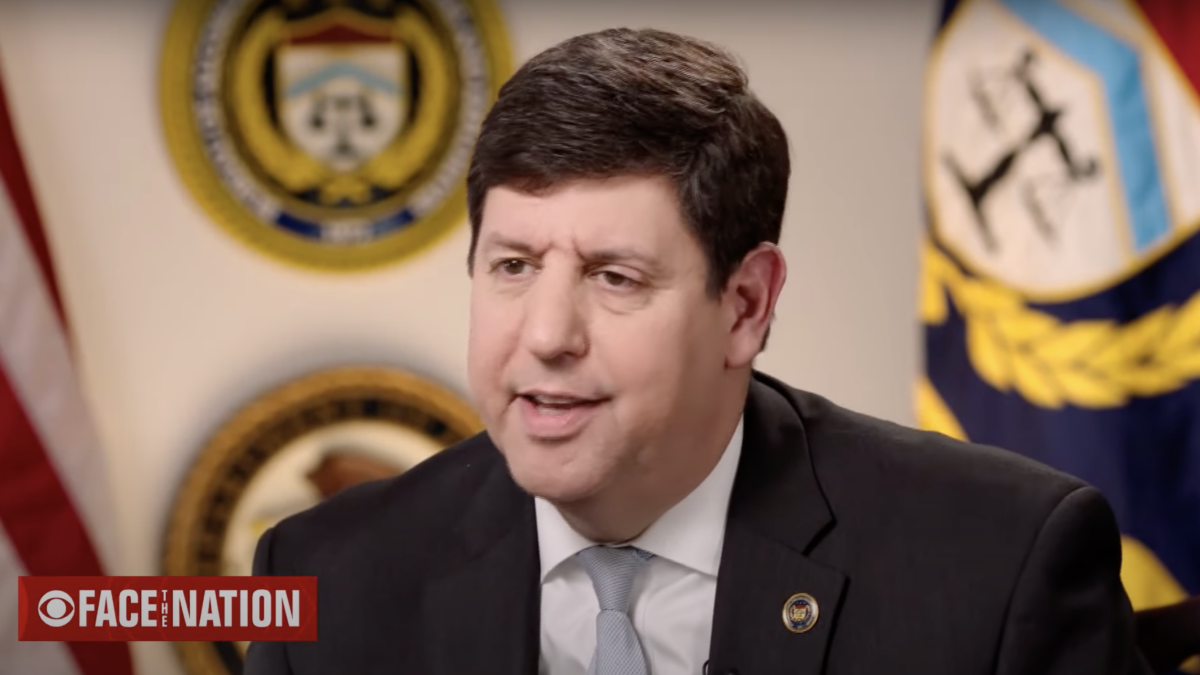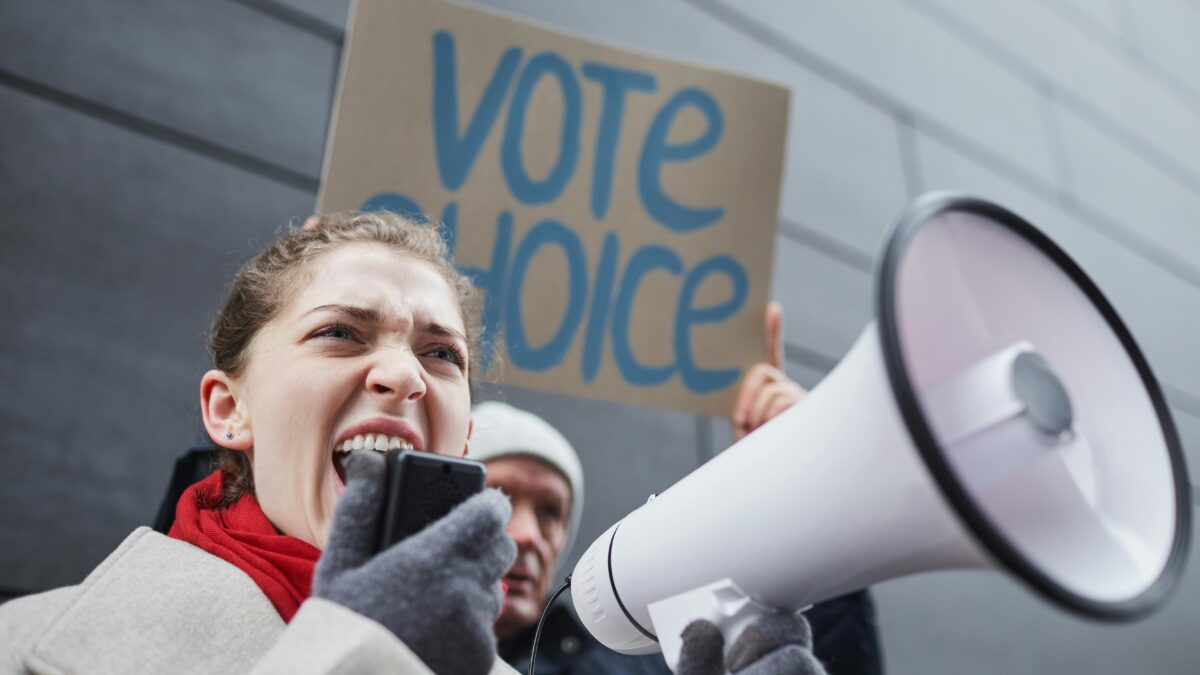
Not long ago, after the mass shooting in Sandy Hook, President Obama issued an executive order that lifted the Center for Disease Control and Prevention’s (CDC) ban on researching gun violence. Despite this, some say the CDC has still not touched gun violence because Congress has blocked funding for this.
Congress removed the CDC’s $2.6 million budget for research into this subject in 1997, after the National Rifle Association (NRA) asked for congressional intervention. But why?
If you were to ask mainstream media outlets that have weighed in, they would tell you the NRA and gun-rights advocates are afraid of what the studies would find, and that the ban came after a damning study concluded guns do cause violence. For this reason gun-rights advocates lobbied to effectively ban the CDC from conducting research on firearm violence altogether.
Firstly, CDC was not banned from doing the research. In fact, CDC articles pertaining to firearms have held steady since the defunding, and even increased to 121 in 2013.
CDC very recently released a 16-page report that was commissioned by the city council of Wilmington, Delaware, on factors contributing to its abnormally high gun crime, and methods of prevention. The study weighed factors such as where the guns were coming from, the sex of the offenders, likeliness of committing a gun crime, and how unemployment plays a factor. In other words it studied, the environment surrounding the crime.
This did not go over well with some in the media, who were disappointed it didn’t implicate firearms as a cause and not an effect. Kate Masters of VICE.com wrote, “If the CDC wasn’t going to consider the role of firearms in Wilmington’s gun crimes, why do the study at all?” That sounds an awful lot like, “If you have nothing bad to say about guns, then don’t say anything.”
Regardless, the narrative here is that gun lobbyists are injecting politics into a serious health issue for the American public. The truth is something a bit less clandestine, at least coming from NRA and Congress.
CDC Leaders Admit They Want to Ban Guns
In the late ’80s and early ’90s, the CDC was openly biased in opposing gun rights. CDC official and research head Patrick O’Carroll stated in a 1989 issue of The Journal of the American Medical Association, “We’re going to systematically build a case that owning firearms causes deaths.” This sounds more like activist rhetoric than it does scientific research, as O’Carroll effectively set out with the goal of confirmation bias, saying “We will prove it,” and not the scientific objectiveness of asking “Does it?”
O’Carroll went on to deny he had said this, claiming he was misquoted. However, his successor and director of the CDC National Center of Injury Prevention branch Mark Rosenberg told Rolling Stone in 1993 that he “envisions a long term campaign, similar to tobacco use and auto safety, to convince Americans that guns are, first and foremost, a public health menace.” He went on to tell the Washington Post in 1994 “We need to revolutionize the way we look at guns, like what we did with cigarettes. It used to be that smoking was a glamour symbol — cool, sexy, macho. Now it is dirty, deadly — and banned.”
CDC leaders were not shy about their intentions of banning guns from the public. Sure enough, they acted on their desires. In October 1993, The New England Journal of Medicine released a study funded by the CDC to the tune of $1.7 million, entitled “Gun Ownership as a Risk Factor for Homicide in the Home.” The leader author was Dr. Arthur Kellermann, an epidemiologist, physician, and outspoken advocate of gun control.
In the study, Kellerman concluded that people who kept guns in their homes were 2.7 times more likely to be homicide victims as people who don’t. Major media outlets, such as the New York Times, still cite these statistics.
Unreliable Gun Research
However, the research was beyond flawed. For one, Kellermann used epidemiological methods in an attempt to investigate an issue dealing with criminology. In effect, this means he was treating gun violence the same as, say, the spread of West Nile, or bird flu.
Furthermore, the gun victims he studied were anomalies. They were selected from homicide victims living in metropolitan areas with high gun-crime statistics, which completely discounted the statistical goliath of areas where gun owners engage in little to no crime.
Other factors that lent to the study’s unreliability were: It is based entirely on people murdered in their homes, with 50 percent admitting this was the result of a “quarrel or romantic triangle,” and 30 percent said it was during a drug deal or other felonies such as rape or burglary; it made no consideration for guns used in self-defense; it provided no proof or examples that the murder weapon used in these crimes belonged to the homeowner or had been kept in that home.
These problems prompted objections and questions from leading scientists in the field of criminology, such as Yale University professor John Lott, Florida State’s Gary Kleck, and University of Massachusetts sociology professors James D. Wright and Peter H. Rossi. Their research had come to vastly different conclusions, and they found the methodology unsound.
As Lott says of Kellermann’s study in his book, “More Guns, Less Crime”:
To demonstrate this, suppose that we use the same statistical method—with a matching control group—to do a study on the efficacy of hospital care. Assume that we collect data just as these authors did, compiling a list of all the people who died in a particular county over the period of a year. Then we ask their relatives whether they had been admitted to the hospital during the previous year. We also put together a control sample consisting of neighbors who are part of the same sex, race, and age group. Then we ask these men and women whether they have been in a hospital during the past year. My bet is that those who spent time in hospitals are much more likely to have died — quite probably a stronger relationship than that between homicides and gun ownership in Kellerman’s study. If so, would we take that as evidence that hospitals kill people?
He summarized, “it’s like comparing 100 people who went to a hospital in a given year with 100 similar people who did not, finding that more of the hospital patients died, and then announcing that hospitals increase the risk of death.”
The final nail in the coffin came in 1995 when the Injury Prevention Network Newsletter told its readers to “organize a picket at gun manufacturing sites” and to “work for campaign finance reform to weaken the gun lobby’s political clout.” Appearing on the same page as the article pointing the finger at gun owners for the Oklahoma City bombing were the words, “This newsletter was supported in part by Grant #R49/CCR903697-06 from the Centers for Disease Control and Prevention.”
Tax Dollars Shouldn’t Aim to Influence Politics
After these blatant attempts at gun control, the NRA blew the whistle on the CDC and prompted Congress to take action. They did, stripping CDC’s funding for research into firearm crime.
Those who accuse the NRA, Republicans, and gun advocates of attempting to inject their political bias into federal research on gun crime are not telling the whole story. With the picture complete, we can see that political bias was already present, and the NRA and Congress had acted to remove it.
In effect, the CDC was using taxpayer money to inject a biased and false narrative into the American discussion on firearms. It wasn’t doing research, it was creating propaganda.
CDC was being used as a political tool to become the Center for Gun Control, and while there are firearm-related elements the CDC’s expertise would be well-suited for (take the Wilmington report, for instance), the subject of gun crime should not be turned into an epidemiological issue.
A gun will not give you cancer, nor cause you to contract AIDS. Guns do not carry viruses like mosquitos. Gun crime should be dealt with as the thing that it is: crime.









